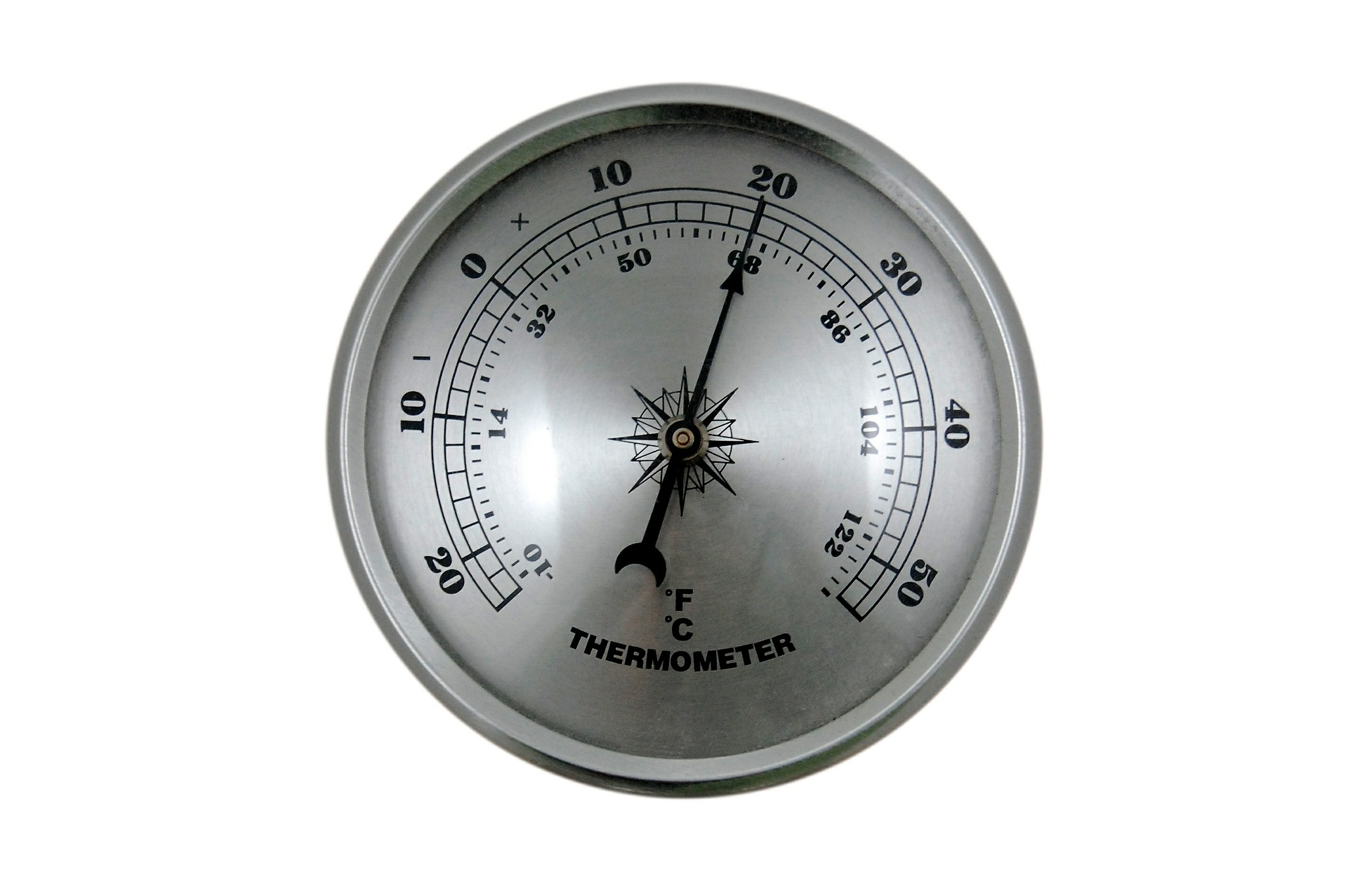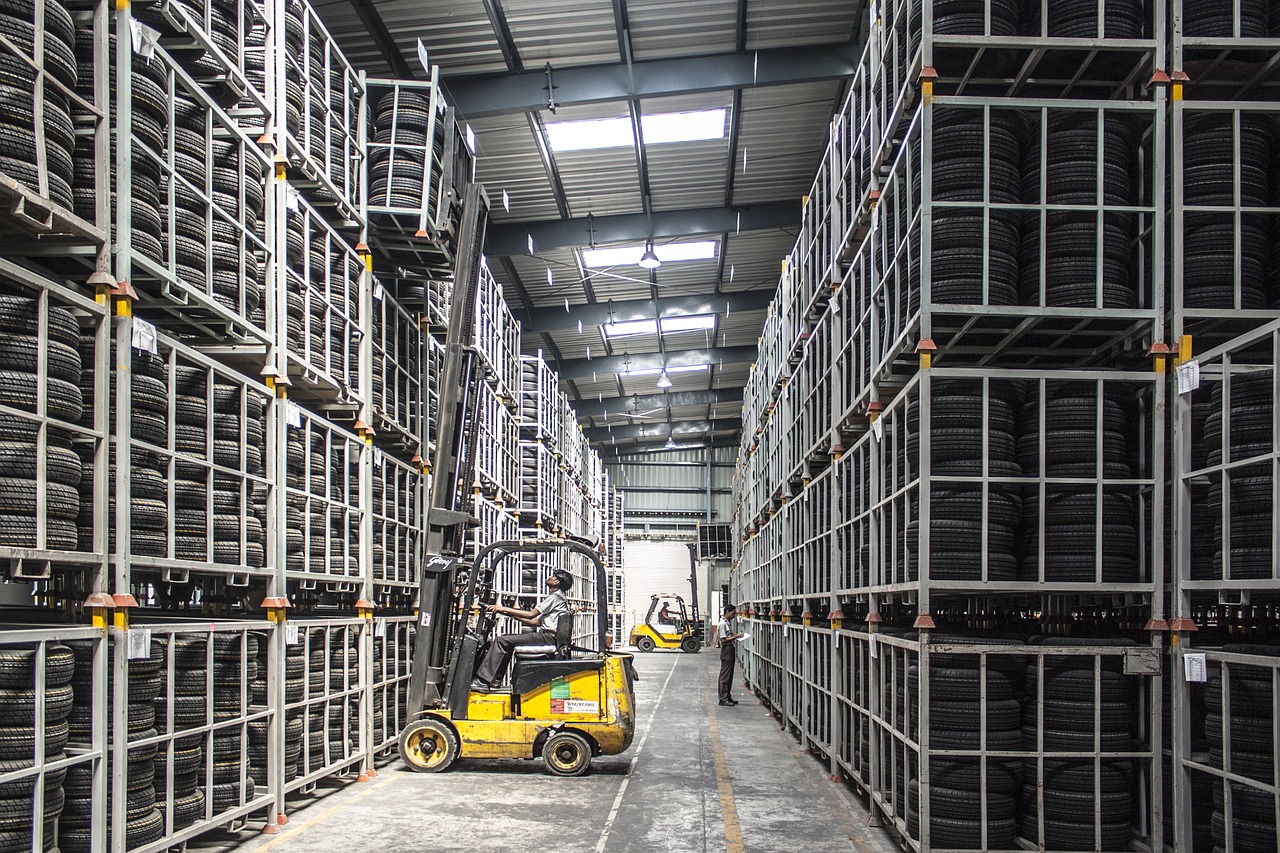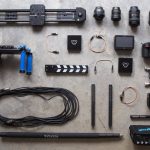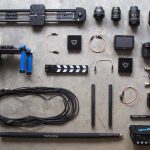
ABOUT TEMPERATURE DATA LOGGERS
A data logger is, simply put, an electronic device which records and stores data. There are various ways data devices, or data loggers, tools designed for recording or monitoring processes and different parameters, acquire data. These data loggers have become a revolutionary solution for logging vast amounts of data and are nowadays symbolized by a vast array of devices, from small, handheld ones to complex systems. For example, a data logger device can

RS-232 AND RS-485 SERIAL COMMUNICATION PROTOCOLS
The RS232/485 port consecutively sends and receives bytes filled with information one bit at a time. Although the serial method is somewhat slower than parallel communication, which allows the transmission of an entire byte at once, it is far simpler and can be employed over longer distances because power consumption is lower than that of parallel one. As an example, the IEEE 488 standard for parallel communication requires that the

USES FOR DATA LOGGERS
There are numerous uses for autonomous data loggers, one of which being environmental monitoring: they can be taken to various locations that cannot be accessed easily with bulky temperature monitoring equipment such as mountains, deserts, jungles, mines, caves and other similar places. Data loggers, especially portable ones, can also be used in industrial and scientific surroundings – in factories and laboratories where temperature monitoring is highly wanted. Another use for temperature data

ABOUT I²C
I²C is a multi-master protocol that uses two signal lines. The two I²C signals are named ‘serial data’ (SDA) and ‘serial clock’ (SCL). There is no need of chip select (servant select) or compromise logic. Basically, any number of servants and any number of masters can be united onto these two signal lines and correspond to each other using a protocol that specifies: • 7-bits servant addresses: every device

I²C VS SPI – COMPARISON
Bus topology / routing / resources I²C needs two lines, while SPI officially defines at least four signals or more if more servants are added. Some informal SPI alternatives only need three wires, that is an SCLK, SS and a bi-directional MISO/MOSI line. Nevertheless, this exercise would require one SS line per servant. SPI lacks further work, logic and/or pins if a multi-master engineering must be built on SPI. The

BASICS AND APPLICATIONS OF OPTICAL SENSOR
An optical sensor is one that converts light rays into a computerized signal. To measure a physical quantity of light and, depending on the sort of sensor, translate it into a form that is readable by some unified measuring device is the purpose of an optical sensor. Optical sensors can be both external and internal. External sensors assemble and address an appropriate quantity of light, while internal sensors measure the

HOW STACK MACHINES MEET THE NEEDS OF VARIOUS SYSTEMS
There are various characteristics which need to be met in order for these machines to be suitable and to be fully and successfully implemented into real time systems. These characteristics are as follows: size and weight, power and cooling, operating environment, cost and performance. Size and Weight It has been observed that stack computers are very simple in regards to processor complexity. However, it is the overall system complexity that

HOW TO KEEP MULTI-CLOUD COMPLEXITY UNDER CONTROL
Using multiple cloud providers provides needed flexibility, but it also multiplies the work and risk of getting out of sync“Multicloud” means that you use multiple public cloud providers, such as Google and Amazon Web Services, AWS and Microsoft, or all three—you get the idea. Although this seems to provide the best flexibility, there are trade-offs to consider. The drawbacks I see at enterprise clients relate to added complexity. Dealing with

AUTOMATION TO REPLACE HUMAN HANDS?
As we move deeper into the technologically advanced methodologies and manufacturing processes, we realize the power of the human mind. The mind which has developed a new league of technical procedures which have made our lives easy and working easier. Manual labor is on the way to extinction in a few years from now, thanks to the highly advanced machinery and automation industry. Automation, combined with the words automatic and

6 STEPS ON HOW TO LEARN OR TEACH LABVIEW OOP – PART 1
If you follow the NI training then you learn how to build a class on Thursday morning and by Friday afternoon you are introduced to design patterns. Similarly, when I speak to people they seem keen to quickly get people on to learning design patterns – certainly, in the earlier days of adoption this topic always came up very early.I think this is too fast. It adds additional complexity to


